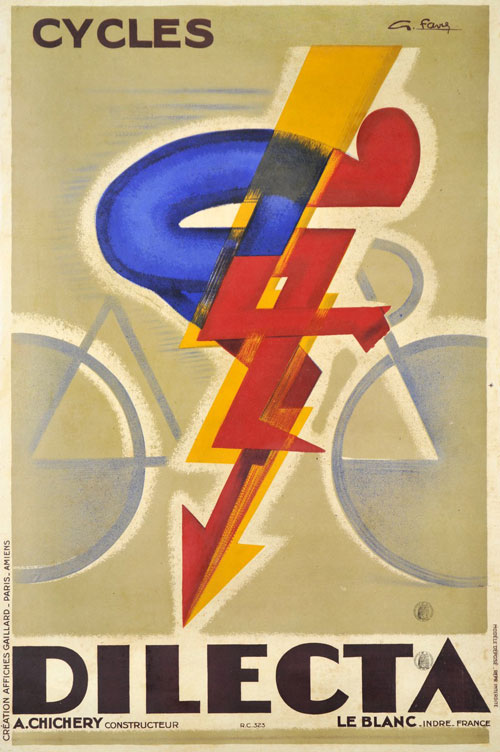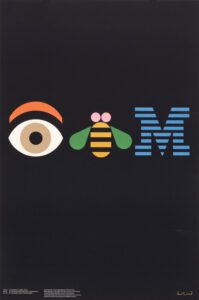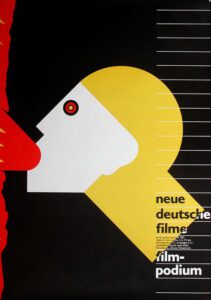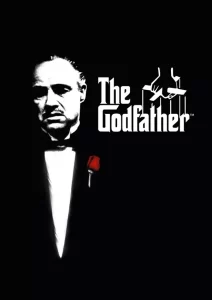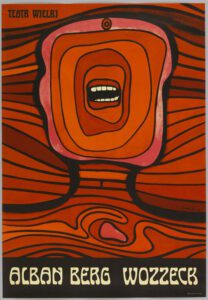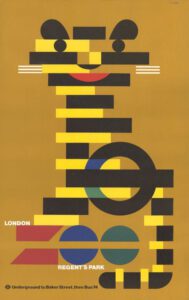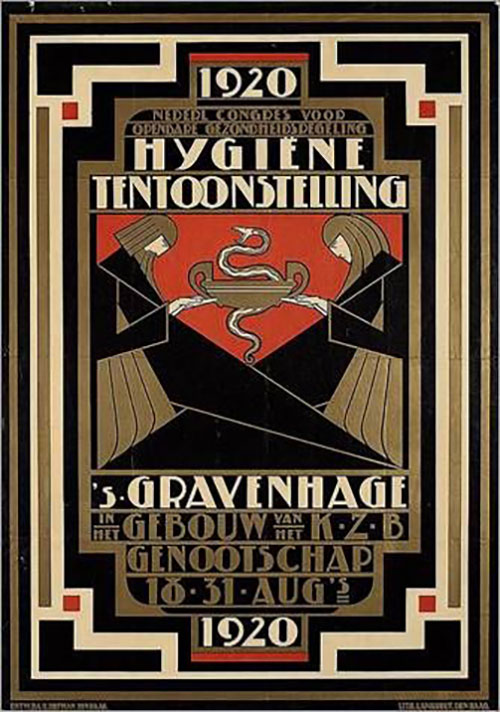
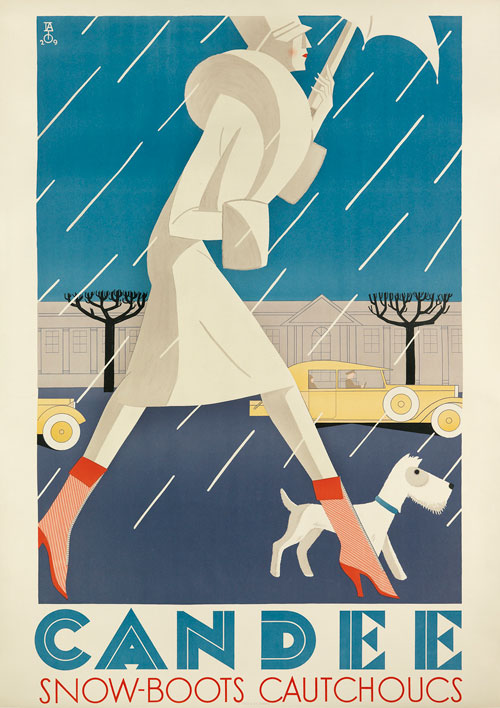
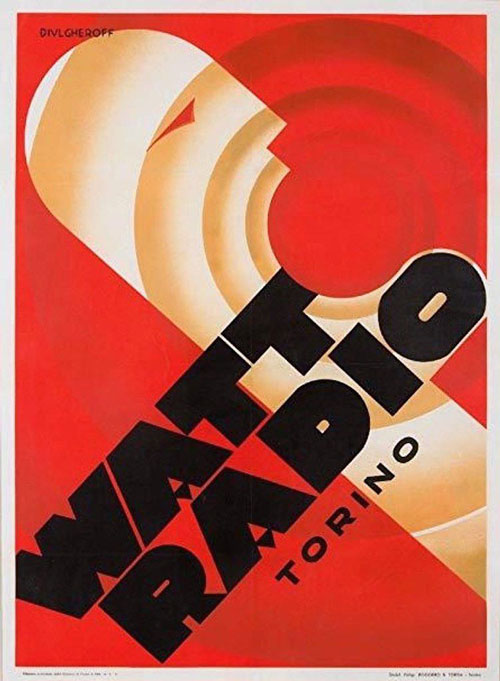
Art Deco Posters - Unique and Modernist
Despite coming to prominence between the First World War and the Second, it could be argued that Art Deco had surprisingly little to say about war. Art Deco Posters were not the exception.
In fact, the artists of this era were much more concerned with construction, rather than destruction.
Their style – unique and modernist – was fascinated with new ideas in architecture, machinery, and effective usage of space.
This was true of poster design as much as anything else.
With that in mind, here are 10 Art Deco posters which give an insight into the Art Deco style:
Dubonnet Wine Poster - A.M. Cassandre 1932
One of a series of posters designed to promote the French aperitif, A.M. Cassandre’s Dubonnet posters are considered to be some of the painter’s most renowned works.
The figure in the poster cuts a sharp, striking shape. He appears in silhouette against a bright mustard glow behind him, which hints at a warmly lit bar.
Its bold use of colours and uncluttered design were very much in keeping with the Art Deco style – these artists favoured ideas that were as eye-catching as they were original.
Considered one of the most influential artists of his era, Joost Schmidt was a teacher at the Bauhaus, a school in Weimar Germany which sought to challenge and elevate public perceptions of art and design.
Schmidt created this poster for a competition and saw it exhibited at the Bauhaus Exhibition in 1923.
It was daring in its geometric design. It also gives an insight into the ideas that Art Deco artists were having. Look at how Schmidt moulds these boldly-coloured shapes to look like cogs in a machine or an architectural blueprint. In Schmidt’s work, an exhibition poster can be more involved than simply laying out dates or locations.
Schmidt, along with others from the school, had a profound influence on the world of architecture.
